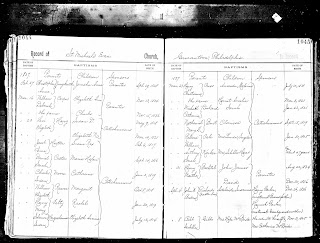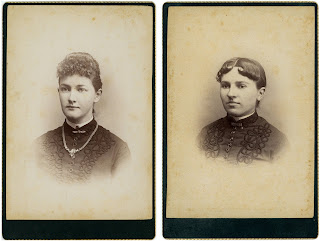| My European countries map from 24genetics |
Most of the reports from uploaded DNA say they accept data from 23andMe or AncestryDNA, except the ancestry report, which says it will accept DNA from 23andMe, FamilyTreeDNA, AncestryDNA, or MyHeritage. The ancestry test costs $49, and the rest cost $69. You can order a promo pack including ancestry, sport, nutrition, and skin for $99. These also seem expensive for what you get, considering they don't have to run your DNA through a lab, so I only purchased the ancestry report and uploaded my raw DNA data from 23andMe.
The report is sent in an email as a PDF, much like how DNATribes before they discontinued their upload offer. In the PDF, you get an ethnic break down of your DNA first on a continental level called "Global Vision", then a country level, and finally a regional level. Like most ethnicity reports, they say the results date back "hundreds and even thousands of years".
| My country results from 24genetics |
EUROPE 99.20%
ASIA 0.80%
Most likely, the Asian results are just noise. You'll see in the country and regional break down that my Asian results are in a part of Georgia, in the Caucasus area (just above the Middle East), so it's possible this is related to my southern Italian ancestry, but given the small percentage, it may just be noise and not mean anything.
Great Britain 33.80%
Italy 30.00%
Austria 17.10%
Greece 8.20%
Netherlands 5.60%
Switzerland 2.30%
Finland 2.20%
Georgia 0.80%
The top two results are very accurate, my family tree is indeed roughly 32% British, and I did in fact inherit about 32% of my DNA from my Italian grandmother. But rest of the results aren't very consistent with my known ancestry. The smaller results could just be noise, and I'm guessing the Austria result is coming from my Germanic ancestry. I'm not sure where the Greek is coming from, since the only Mediterranean ancestry I have is already fully accounted for in my Italy results.
 |
| AncestryDNA's PCA chart showing reference panel populations and their genetic distance to each other |
Maps are provided for the results, first showing the highlighted countries on a global scale (above right), and then zooming in on Europe (above left). I guess my one small result in West Asia didn't warrant a zoom in.
| My regional results |
Essex Medieval 32.30%
Tyrol 17.10%
Apulia 15.80%
Lombardy 13.60%
Utrecht 5.40%
Crete 3.20%
Kythera 3.00%
Romandy 2.30%
Finland Karelia 2.20%
Andros 2.00%
Cornwall 1.50%
Georgia Svaneti 0.80%
Treviso 0.60%
Groningen 0.20%
Essex Medieval is an interesting result because it specifies a time period as well as location. I wonder why the other results don't include a time period? I do indeed have ancestry from Essex, although there's a few branches from there, they are all from fairly far back on my tree, in the 1500s. I suppose that's consistent with the Medieval timeline, however, they seem to be attributing almost all my British ancestry to Medieval Essex, yet I have British ancestry from many other locations, some from much more recent time periods too (which should account for more of my DNA).
| My European regional map |
Apulia is an area of southeast Italy. I have no known ancestry from there, but my Italian ancestry is indeed southern/Sicilian, not northern, so I'll give it points for that. However, Lombardy and Treviso are a part of northern Italy, where I have no known ancestry.
Next is Utrecht, a city in the Netherlands. I don't know where in the Netherlands most of my Dutch branches come from, but one of them is actually from Utrecht, and another from Amsterdam. But let's face it, the Netherlands is a pretty small country (though it was once larger), so I'm not really sure how distinct DNA from different parts of it really are from one another - Amsterdam is really not that far from Utrecht (about 27 miles). Although this is a small percentage, my Dutch ancestry is from far back on my tree, so I would expect it to be a small percentage, if it would show up at all. I also get a very small hit (possibly noise) for Groningen in the Netherlands, where I don't have any known ancestry.
| My Asian regional map, probably noise |
Overall, I feel like my top most results from this company are accurate but it's missing significant locations and the smallest percentages are likely just noise. An interesting assessment, especially the more specific break down that you don't always get from other companies, but as with any ethnicity report, don't take it too literally. Worth the money? Probably not, maybe if it was cheaper.





